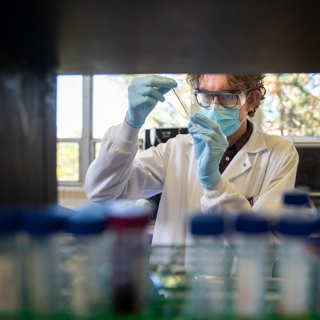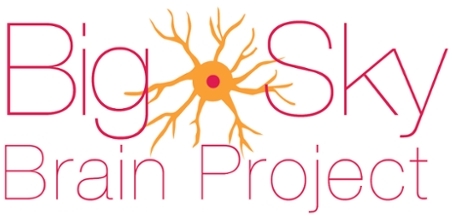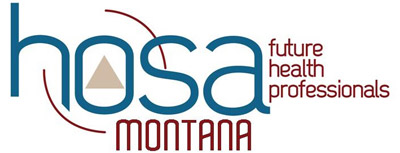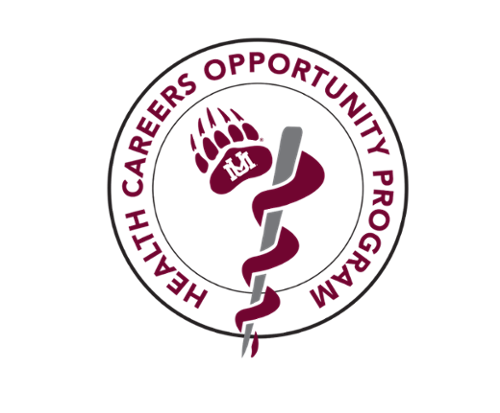Outreach
BMED faculty participate in numerous Outreach projects. These may be independent efforts or part of a larger programs organized through our various centers, departments or colleges. A majority of these activities are focused on K-12 STEM (Science, Technology, Engineering, and Mathematics), with the goal of using faculty expertise and resources to better impact science education in Montana schools. You can learn more about several of these efforts by clicking on the links provided below:
The spectrUM Discovery Area is a hands-on science center which promotes a culture of learning and discovery for all, with the ultimate goal of inspiring young Montanans to pursue higher
education and possibly careers in science, technology, engineering, and mathematics (STEM). Faculty in the Department of Biomedical & Pharmaceutical Sciences originally established spectrUM and they continue to develop new STEM programming for the Discovery Area. Each year, we reach over 50,000 people with fun, hands-on exhibits and activities at our downtown Missoula museum and through our award-winning statewide mobile science program. To help ensure that our mission serves all Montanans, we maintain a robust Science for All Scholarship Fund for low-income children, schools, and communities. The spectrUM Discovery Area is located at 215 E. Front Street in downtown Missoula.
The Big Sky Brain Project is funded by a grant from the National Institutes of Health to the UM's Center for Structural and Functional Neuroscience and spectrUM to provide interactive Neuroscience education to K-12 students in Montana. In 2013, the Big Sky Brain Project opened the Brain Zone, an exciting exhibition designed to inspire the next generation of Montanans and neuroscientists by sharing the dynamic world inside our heads. Through interactive exhibits, a BrainLab to explore C. elegans and Drosophilaneurobiology, and age-appropriate experiences, field trips visitors explore the wonders of neuroscience and the inner workings of the brain. The Brain Zone also has hosts an internship program for high student to serve to BrainZone "explainers" and assist with the K-8 interactive projects, as well as the Brain Bee Competition, which is designed to inspire high school students to learn more about the brain and to pursue health-neuroscience related careers.
In 2005, CEHS was awarded an NIH Science Education Partnership Award (SEPA) to support a K-12 environmental health science program. A second SEPA grant was awarded in 2012. Environmental health is used as an integrative context for science learning, with a focus on water and air quality issues in the rural West. Special efforts are made to incorporate Native American perspectives and to develop educational materials and lesson plans that are cross-curricular in scope (math, science, language arts, health enhancement). These activities impact over 50 schools in Montana, Idaho and Alaska Two additional NIH grants (awarded in 2007 and
2013) from the National Institute for Environmental Health Sciences and in 2015 from the Society of Toxicology have supported highly successful summer research and training programs attracting undergraduate students across the country. Students have subsequently presented the results of their studies at various national meetings. These programs are summarized on the Science and Education pages of the CEHS web site.
One of five regional Area Health Education Centers in Montana, the Western Montana Area Health Education Center (WMT-AHEC) is a grant-funded, not-for-profit organization committed to making quality healthcare and health science education more accessible to rural Montanans. Integral to the mission of WMT-AHEC is a strong focus on education and outreach, with the long-term goal of meeting Montana's increasing need for health care professionals. The WMT-AHEC also employs a Healthcare Career Coach and Workforce Coordinator as part of their affiliation with HealthCARE Montana and oversees operation of Missoula WWAMI. Efforts are directed at a wide spectrum of levels, including: K-12, University, and Health Professionals.
Montana HOSA: Future Health Professionals is a Career and Technical Student Organization, operated through the Montana Office of Public Instruction, that allows students an opportunity to explore healthcare careers while building relevant clinical, leadership, and teamwork skills.HOSA students bring classroom learning to life through job shadowing, guest speakers, tours of facilities, and healthcare event competitions. High school and collegiate chapters exist in almost all 50 states, as well as Puerto Rico, Mexico, and Canada, exposing students to medicine and involving them in their communities. Annually, Montana HOSA chapter members provide over 7,000 hours of direct and indirect community service hours. Because of the rural nature of Montana healthcare system, HOSA works closely with the statewide AHEC system (Area Health Education Center) to accomplish its mission.
Mission
The mission of HCOP is to promote University of Montana as a recognized leader in the training and development of a multicultural health care workforce that serves to reduce health disparities in underserved and diverse communities through research, culturally proficient education, community interaction and engagements through Grizzly values.
Vision
UM HCOP will be recognized and respected as an innovative program that leads and integrates community, education, research and the development of future healthcare professionals who are culturally aware and work toward the elimination of health disparities.






